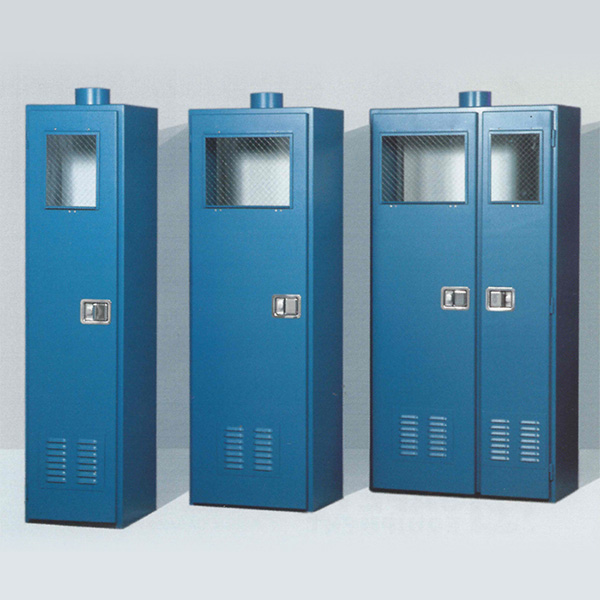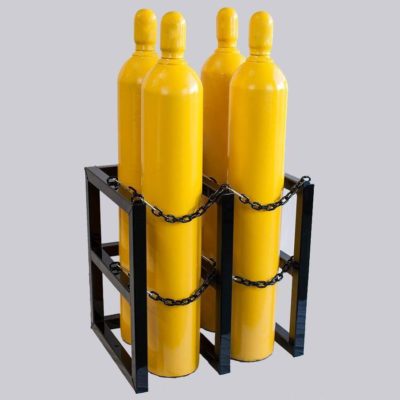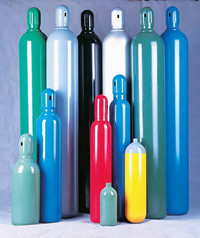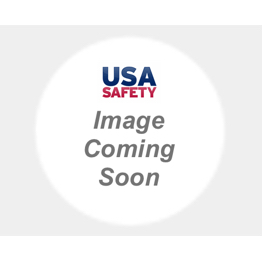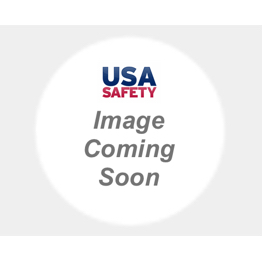This blog looks at the risks and hazards associated with acetylene and oxygen gases particularly when they are stored together and outlines the requirements under australian standard as4332 2004 for safe storage.
Oxygen cylinder storage regulations.
Gas cylinder storage requirements for the storage of medical gas cylinders depends on the volume of gas within the cylinders.
The following medical gas cylinder storage requirements are relative to the national fire protection association nfpa standards 99 health care facilities 2005 edition and are updated for 2017.
Oxygen cylinder storage requirements information is based on the national fire protection association standard 99 nfpa 99 health care facilities code.
Storing oxygen cylinders as per nfpa 99 2012 11 6 5 2 is about ensuring full and empty cylinders are not comingled.
Any examples are for illustrative purposes only.
Volumes greater than 3000 ft3.
What are the requirements for oxygen cylinder storage and the segregation of full empty and partial tanks.
The greater the volume the more stringent the requirements for the storage locations.
This volume of gas must be stored in locations that include the following.
Oxygen cylinders are supply tanks that contain oxygen at pressures that can be in excess of 2000 psi pounds per square inch.
In january 2007 cms issued survey and certification memo 07 10 which clarified how oxygen cylinders should be stored based on the 2005 edition of.
This month s e newsletter was provided by brad keyes chsp safety engineer and consultant for.
Oxygen cylinder storage requirements accreditation monthly march 20 2008.
Please click here to see the standards for 2017.
Two types of hazards associated with oxygen are.
1926 350 a 10 oxygen cylinders in storage shall be separated from fuel gas cylinders or combustible materials especially oil or grease a minimum distance of 20 feet 6 1 m or by a noncombustible barrier at least 5 feet 1 5 m high having a fire resistance rating of at least one half hour.
The medical gas and oxygen cylinder storage requirements were updated in 2016.
Pure oxygen and acetylene are both extremely volatile and dangerously reactive gases.
Cylinder storage and handling under the health and safety at work act 1974 and htmo2 guidelines it is the responsibility of employers to train their employees on the recommended safeguards relating to the handling of medical gases to ensure they understand and employ safe practices.
